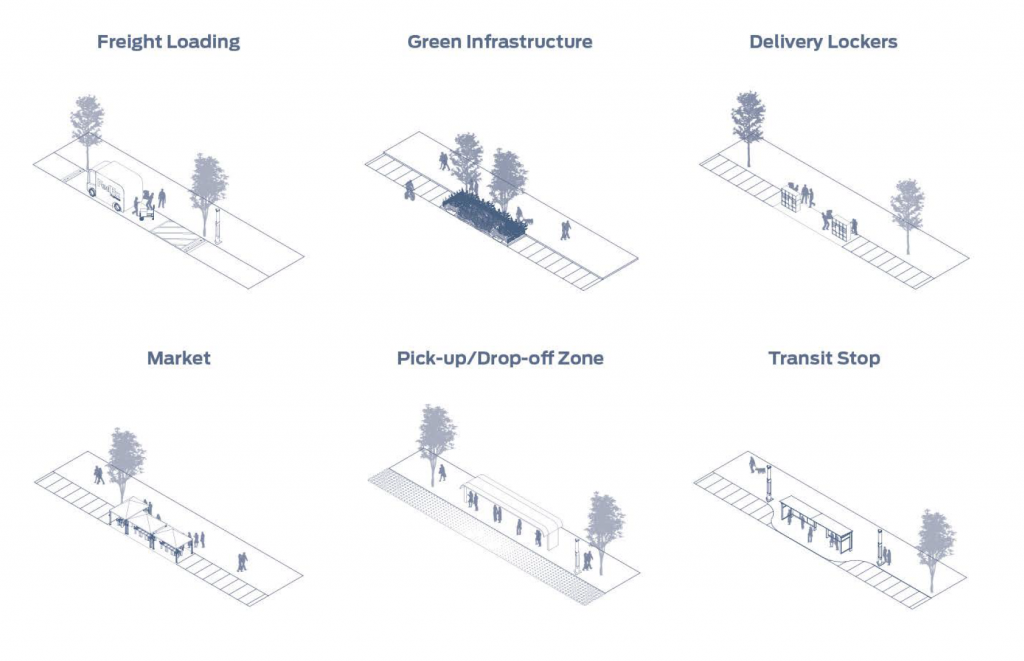
If you’ve ever dropped someone off at an airport on the Wednesday before Thanksgiving, you know that finding even the tiniest amount of space at the curb to wedge your car into is near impossible. As you battle for curb space, you may not be seeing dollar signs—but cities are starting to. As Karen Hao writes in Quartz, “The humble curb is quickly becoming the city’s hottest asset.” With the rise of transportation network companies like Uber and Lyft, more and more drivers are looking for places to pull over for periods of time. Add to the mix delivery trucks also vying for that space, and you could be heading for a real congestion headache. Recognizing that this problem is only going to increase as we move towards a driverless future, some cities like Washington D.C. have taken a first step towards treating curbs like commodities—they are inventorying and digitizing them, starting with their loading zones. By digitizing that data, they can begin to measure supply and demand for curb space and charge accordingly. As the author of the Quartz article notes, DDOT started charging higher prices for the use of certain loading zones using the data it had collected.
Curb space is hot and as parking becomes, well, less hot, the loss of parking revenue is going to have an impact on municipal budgets. Charging for curb space could be the way of the future. Want to know more? Join us for the Urbanism Next Conference March 5-7 in Portland, OR and check out the session on the Future of the Curb, featuring Gillian Gillett with the City of San Francisco, and Allison Wylie of Uber. Come hear what they have to say about the city’s hottest asset!

